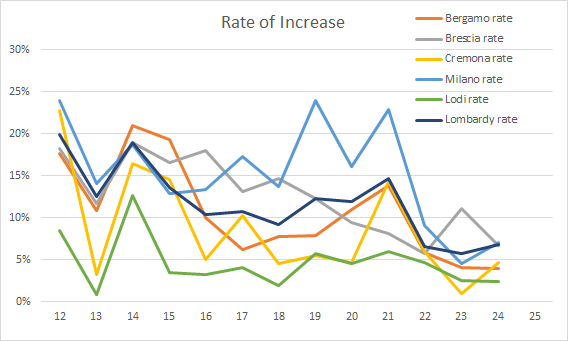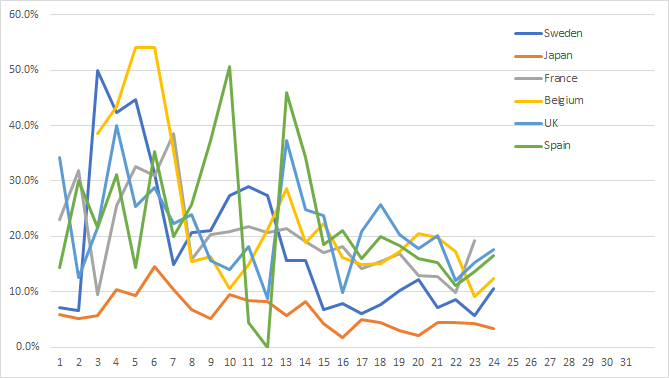- May 14, 2020
- Posted by: EARSC
- Category: Blogs

China today reports no new cases. How did they manage to gain control over the virus to this extent? I came across this interview which explains how it was done. Basically, it involves testing, testing and more testing as we have already heard but crucially, the first test is to take the temperature and any anomaly is immediately isolated. No home quarantine since the first group to get infected is the family. So, anyone with a temperature was obliged to go to a fever clinic where they are tested further. Firstly, with a blood test to see their white cell count, which, if normal means no viral infection and they can go home. Secondly a test for the normal flu (if positive then they can go home) and then through a CT scan to detect any lung damage. If none is found, then again, they can go home. Only if that is positive, are they tested for the Coronavirus and if that is positive, then off they go to a quarantine centre to see how their illness will develop. These are the new hospitals which we saw being built in 8 days in Wuhan. https://disq.us/url?url=https%3A%2F%2Fwww.youtube.com%2Fwatch%3Ftime_continue%3D89%26v%3De3gCbkeARbY%26feature%3Demb_logo%3A7LU2m_fFpICPjbmBF7sgrd12S0c&cuid=2840114
To support this, every person is required to self-test every day and to report the result and is tested whenever they go out and move around. This is backed up by the district manager who appears to play a crucial role in the process. Responsible for a district of about 1000 people, the district managers are close enough to each of them to know what they are doing. They are informed of the temperature of each person every day and of course know if people are breaking the quarantine in any way. These strict social controls seem to have been the key in China; would this be acceptable in Europe?
The key question is what measures are really necessary to control the spread of the virus? Is a complete confinement necessary? What degree of social distancing is effective? How free will our society be once the cases have stabilised? How many cases per 1000 people per week is an acceptable number? And on a more sinister note, what form of society will emerge from this whole pandemic?
I wrote 1 week ago about the situation and I included some of the curves which I have been tracking each day. There are many others doing the same thing, but I do not see them being talked about very much, even if they are key to understanding the situation – and knowing what to do later. One of the interesting factors is how the situation has evolved in different countries each taking different measures and reflecting underlying societal differences. I talk about China above, but South Korea has managed a measure of control without such drastic measures (through extensive testing and tracing of contacts) and Japan is a complete anomaly which experts are starting to try to understand.
It is important to understand that in this analysis it is not the absolute numbers which are critical as these depend on the test regime in place and many local conditions. But assuming that a country or region follows the same regime from day to day, the rate of change is the critical factor. Last week I posted the charts for Northern Italy and Lombardy. I am following 3 of the provinces which were locked down on 28th February and 2 which were locked down with the rest of Lombardy on 8th March. These are all trending downwards which looks as though the peak of new cases has passed and some control has been achieved.

Note this is a long way from being an acceptable rate. The number of deaths will still rise, lagging the number of new cases by up to 14 days – this is already destined. But if the rate comes down then it shows the measures are working.
No other European country (with the exceptions of Sweden and Denmark) is yet showing such a response and the daily cases continue to grow at rates between 10% and 20%. Germany seems to be one of the better ones whilst Sweden is lower despite not having a confinement strategy. Maybe these will be guides for the future although the Swedish government is coming under criticism for not doing more.
Happy to exchange views with people and I hope that I am not adding to your Coronavirus information overload in writing this short note.

